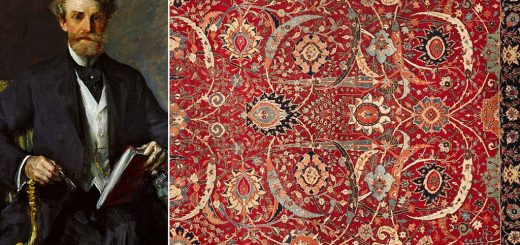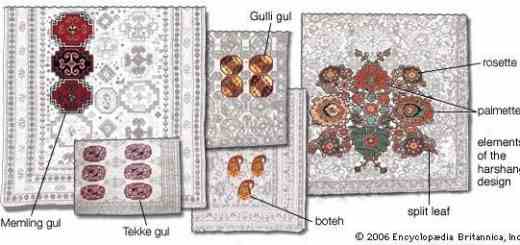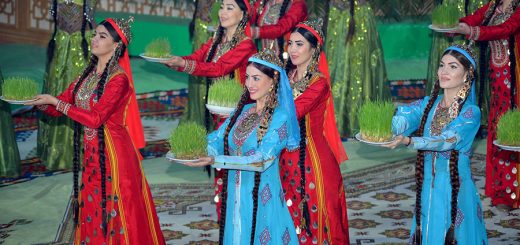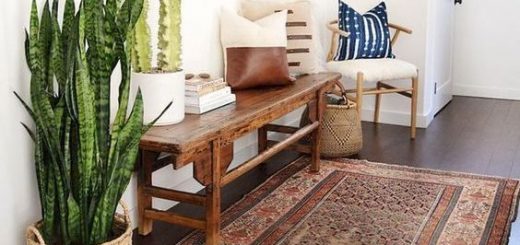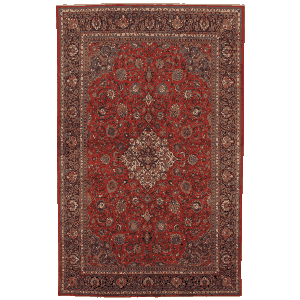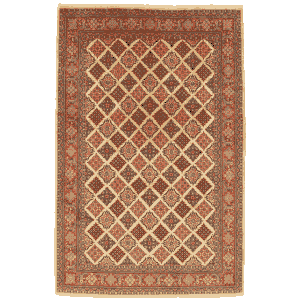How Oriental Rugs are Named
The name of a particular rug can come from many different sources.
The name of a rug DOES NOT denote quality or value. There are wonderful and not so wonderful rugs of every single type. Although my personal favorites are Persian and Afghan rugs, there are rugs of merit and beauty from every single county that has weavers!
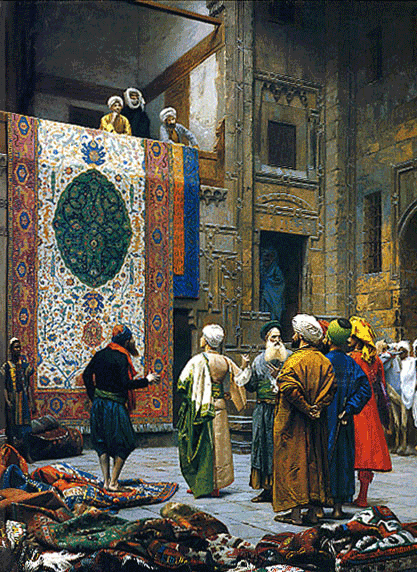
Oriental rugs are named in the following ways:
- The name of the city or town where it was woven.
- The name of the city or town where it was sold.
- The name of the area in which the weavers lived where the design was first created, now being woven somewhere else entirely.
- The name of the tribal group known for incorporating that particular design into many of their rugs.
- The name of the Country it was woven in. Example: Chino-Chinese, Indo-India, Paki-Pakistan.
Here is an example to illustrate some of the above points. An Indo (country where it was woven) Persian (country where the design originated) Prayer rug (rug type) with a Tree of Life design.
The name of the workshop where it was woven or even the name of the Master Weaver running a particular workshop or overseeing the weaving of very special pieces. Example: Haji Jalili (master weaver, NW Iran) Tabriz (city) close to where these rugs were produced.
The name of the producer; creator of Oriental Rug production that directs the weavers to weave particular rugs with innovative new designs. Example: William Morris; Arts and Crafts Movement. William Morris was the founder of the Arts and Craft Movement (Circa 1870-1920) favoring simple designs, good craftsmanship and less ornamentation that was so prevalent in the Victorian Era.
The name of the rug type: An example would be a Gabbeh which could have been woven in a number of different villages mostly in Southern Iran.
The name of the painter that often included that particular type of rug in his art. Example: Hans Memling, 15th Century Flemish painter: The Memling Gul.
The name of the design itself, such as “Eagle Kazak.” This would usually occur when a rug has been copied so often the design takes on a life of its own.
And last but not least! The city the dealer guessed or fantasized it was woven in or at what time period.
Here’s an example: An “Antique Qum Rug.” The weaving in Qum, Iran, started in the 1930’s or later and an antique rug should be at least 100 years old, so this is simply a delusional attribution!

